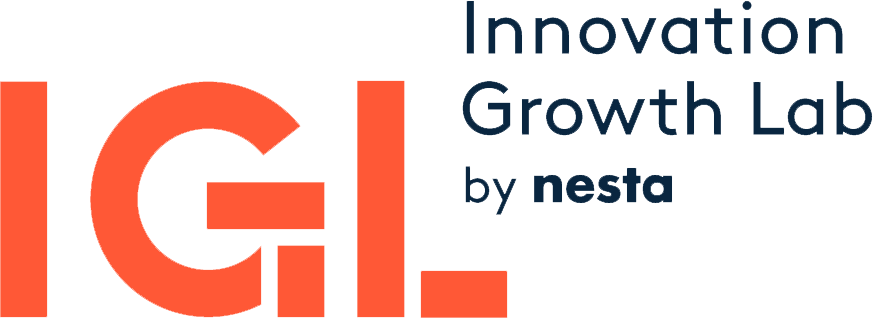Non-sedentary work configurations, which encourage standing rather than sitting in the course of work, are becoming increasingly prevalent in organizations. In this article, we build and test theory about how non-sedentary arrangements influence interpersonal processes in groups performing knowledge work—tasks that require groups to combine information to develop creative ideas and solve problems. We propose that a non-sedentary workspace increases group arousal, while at the same time decreasing group idea territoriality, both of which result in better information elaboration and, indirectly, better group performance. The results of an experimental study of 54 groups engaged in a creative task provide support for this dual pathway model and underscore the important role of the physical space in which a group works as a contextual input to group processes and outcomes.
Get up, Stand Up: The Effects of a Non-Sedentary Workspace on Information Elaboration and Group Performance
Policy implications
Non-sedentary workspace can improve group performance on creative exercises.
Reference
Knight, A. P., & Baer, M., 2014. 'Get Up, Stand Up The Effects of a Non-Sedentary Workspace
on Information Elaboration and Group Performance'. Social Psychological and Personality Science. 1948550614538463.
